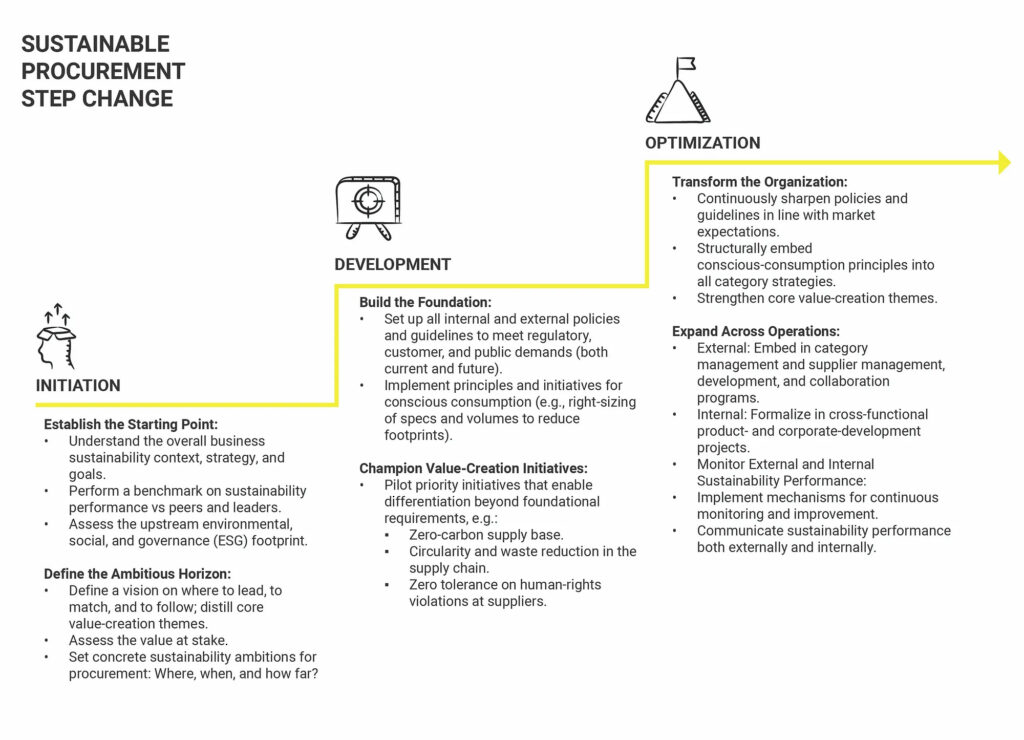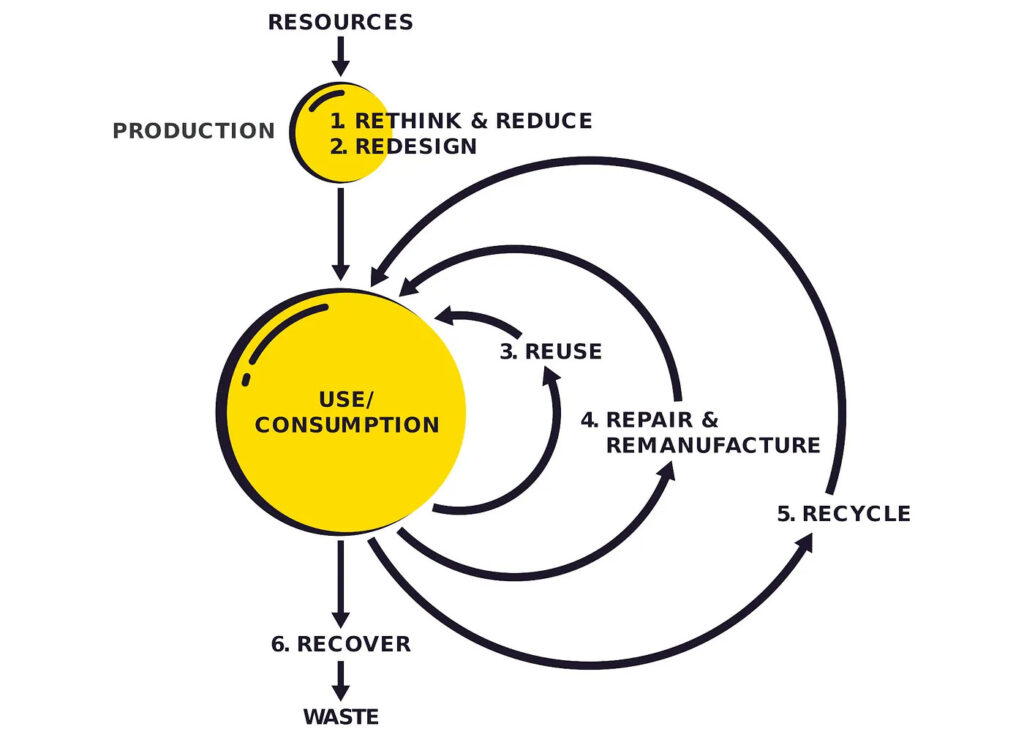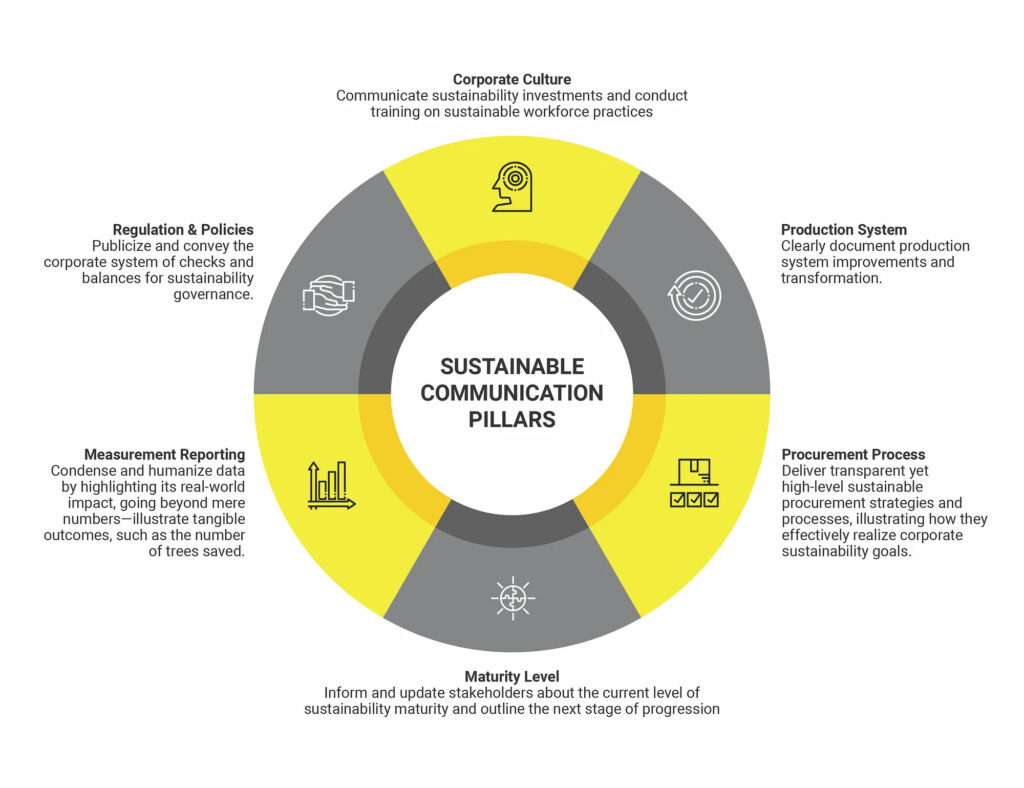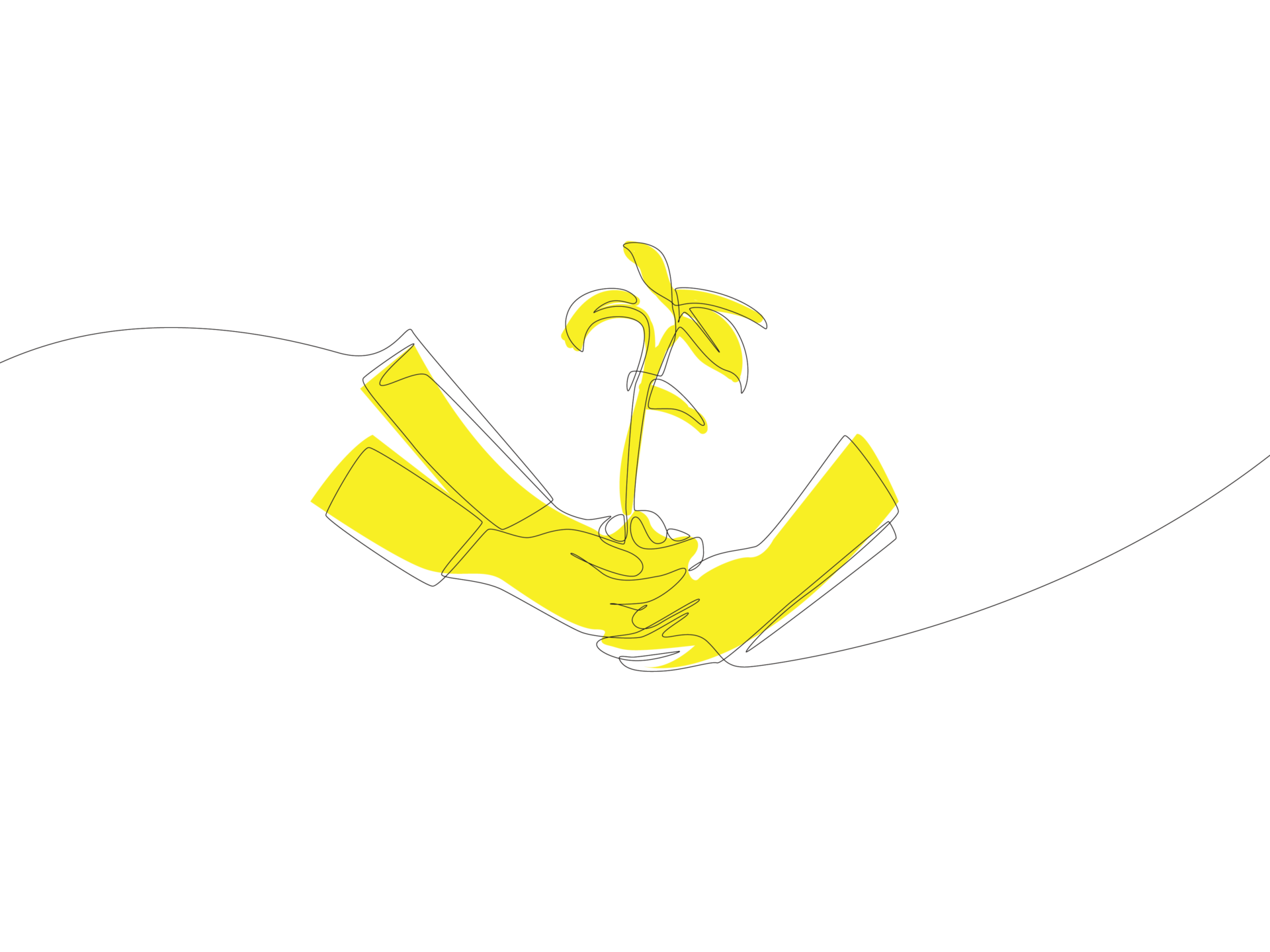Moving beyond corporate clichés into genuine transformation.
Sustainability, a term echoing through corporate corridors alongside innovation, often becomes a cliché rather than a catalyst for real change. It permeates pantries, office walkways, and meeting rooms, but not everyone grasps the depth required to drive authentic sustainability. The peril lies in corporate leaders, well-intentioned but sometimes misguided, inadvertently implementing practices that do more harm than good — resulting in a detrimental impact on both company reputation and our environment.
While I don’t claim to be a sustainability expert, my journey of using design processes to reshape organizations’ value chains toward sustainability has taught me a crucial lesson: inclusivity is the cornerstone of long-term sustainability.
“But why inclusivity?” you might ask.
In the conventional linear economies, where resources are used and discarded, innovation and a consumerist culture thrived. Yet, this approach fostered disconnection and purposelessness among consumers, not to mention adverse effects on our planet.
Realizing the need for a strong community backing, corporations turned to Service Design and Customer Experience Design, shifting their focus from products to services and systems.
They aimed to identify and address the specific desires and interests of their customers, yet, these initiatives often lacked a genuine purpose for community connection. Business units remained fixated on bottom-line targets, perpetuating the make-use-dispose model and contributing to unnecessary wastage.
This is where designers, like myself, come into play. Clients task us with driving real transformation, utilizing our design skillset to create new, truly sustainable value chains for their businesses.
How can designers catalyze long-term sustainability?
The crux of long-term sustainability lies in inclusivity — the way we engage stakeholders, partners, and communities. Designers can collaborate with businesses to kickstart their transformation, focusing on the following:
№1: Design a sustainable procurement process
A significant portion of a company’s environmental, social, and governance footprint lies with its suppliers. Sustainable procurement goes beyond partnering with “green” entities or using recycled materials. It demands a holistic approach embedding sustainability across all ESG dimensions.
To achieve this, designers can assist procurement leaders in developing step-change ESG-focused KPIs, processes, and capabilities. This holistic approach seamlessly integrates sustainability into the fabric of the company — starting with procurement and extending to sales and customer support.

A step change sustainable procurement strategy for our client’s clean energy business. Source: common.cc
However, this isn’t a one-size-fits-all formula for corporations. Designers must conduct individual organization audits, assessing short-term, mid-term, and long-term challenges to tailor an effective strategy that garners buy-ins at different vision and ambition levels.Some might wonder, ‘Isn’t this just about setting the vision and direction? What about the most crucial part — implementation?’ This is where most change management initiatives falter. Here, we present some design hacks that offer an alternative path to achieving a significant impact.
№2: Design a circular production system
Transitioning to a circular production system necessitates a comprehensive strategy guided by designers to maximize sustainability. Designers collaborate with material scientists to adopt recyclable and reusable materials, emphasizing product longevity. Modular design principles are integrated, facilitating easy disassembly for repairs or upgrades and minimizing waste.

Circular Design Process. Source: The Circular Design Guide
Closed-loop supply chains are established through collaboration with supply chain managers, ensuring efficient product and material recovery. Waste reduction strategies and repurposing initiatives are implemented to minimize environmental impact throughout the production process.
In addition to material innovation and waste reduction, designers focus on sustainable packaging solutions aligned with circular economy principles. They engage stakeholders, providing education and resources to promote circularity internally and externally, fostering a culture of sustainability.
Technological integration plays a vital role, with designers recommending and implementing technologies that enhance circularity, such as advanced tracking systems. Comprehensive life cycle assessments inform continuous improvement, and compliance with evolving regulations is ensured. Close collaboration with C-suite executives aligns the circular production strategy with overall business objectives, emphasizing the long-term benefits of circularity, including cost savings, enhanced brand reputation, and reduced environmental impact.
№3: Design a platform for sustainable communications
While most sustainability efforts focus on transforming the way a company operates, we must also build a platform for sustainability to thrive. In this case, a communications platform is what companies need to invest in creating.
From an organization’s internal perspective, embracing sustainable communication can drive credibility and momentum they build for authentic action. From an investor’s perspective, they are hedging their investment on a company’s sustainable communications portfolio to increase PE ratio. And last but not least, from a consumer perspective, sustainability communications attract new consumers, building positive brand affinity.
However, there is a difference between sustainability communications and sustainable communications. Sustainability communications predominantly leverage sustainability as a content topic, while sustainable communications focus on the strategy of communicating sustainable efforts and impact.

A sustainble communication framework for our client’s clean energy business. Source: common.cc
Designers and organizations need to holistically invest in sustainable communication frameworks to deliver a fact-checked and comprehensive overview of brands and products’ sustainability impact.
In an era where greenwashing and empty promises are met with skepticism, designers can truly help organizations craft strategies and processes to ensure their sustainability initiatives are genuine, impact and transparent, ensuring companies achieve long-term sustainability.
Some additional sustainable materials for reading:
